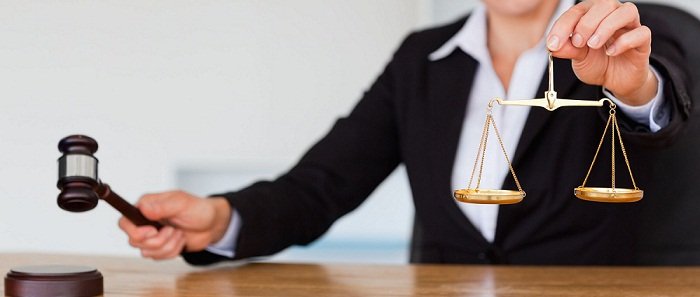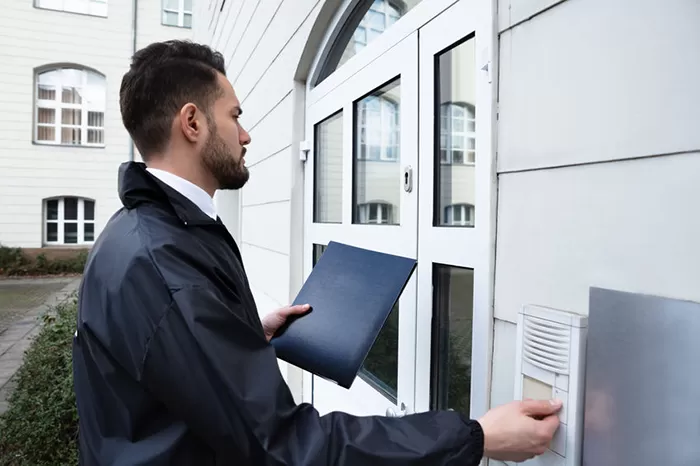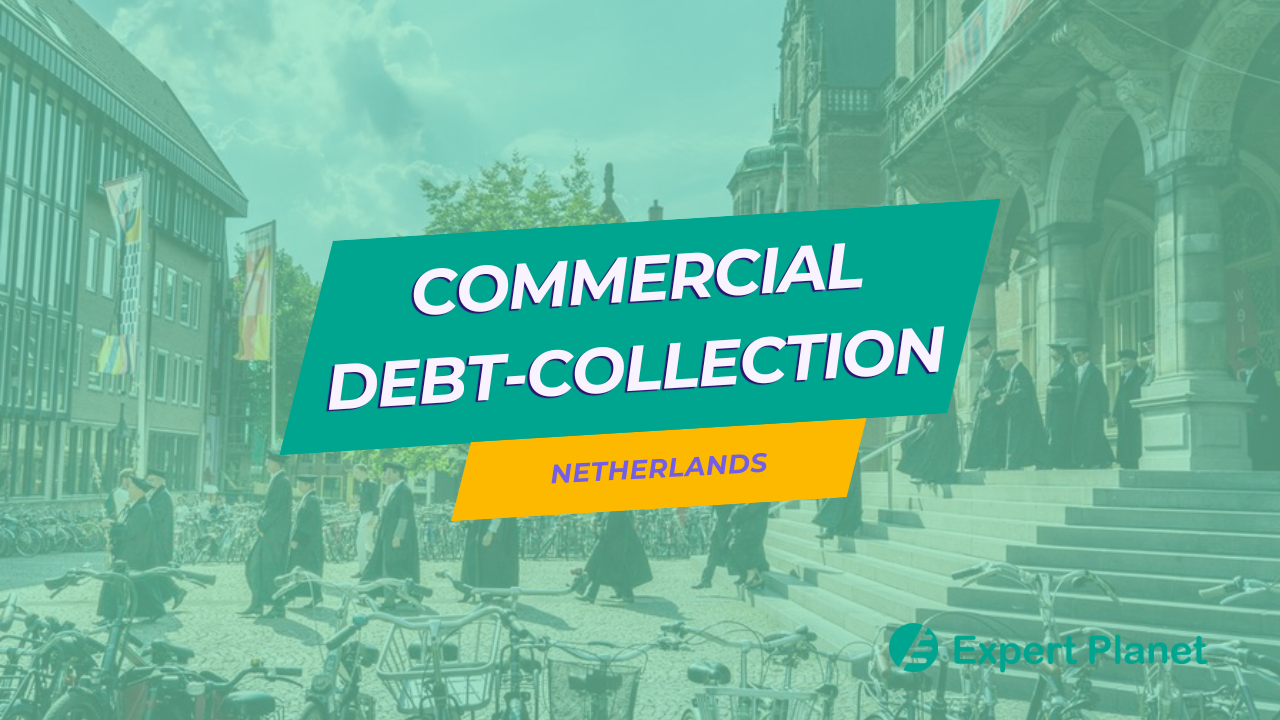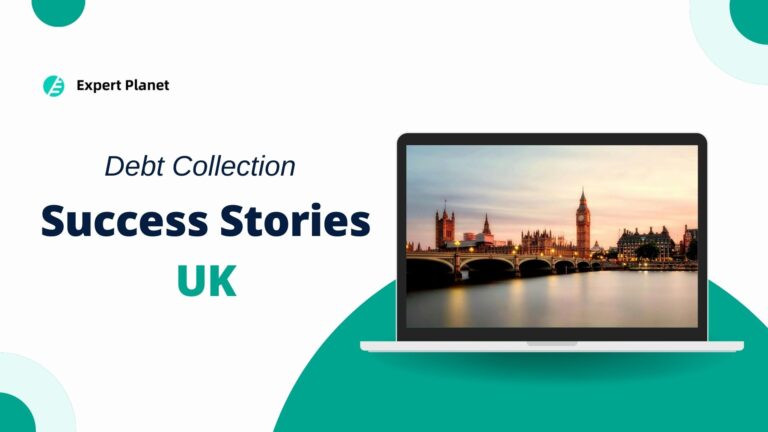Understanding Debt Collection in The Netherlands a $460 million industry.
Debt collection is a battlefield. But, it’s a battlefield where strategy wins.
Particularly in the Netherlands, a country with a robust and complex legal system, understanding the ins and outs of debt collection is crucial for businesses to thrive, according to debt collection expert Jeroen van Tricht. It requires a deep understanding of legal procedures, strategic planning, and effective communication. Yet, when done right, it can be a lucrative business. In the Netherlands, B2B debt collection is a $460 million industry.
However, many businesses fail to collect on overdue invoices for one key reason: they lack the right strategy. As van Tricht notes, maintaining contact with debtors and monitoring credit risk is essential, especially given the potential for widespread bankruptcies following the end of COVID-19 financial aid.

Legal Procedures in Debt Collection in the Netherlands
The art of debt collection requires finesse—a delicate balance between pursuing payment while preserving relationships. In the Netherlands, this nuanced approach is codified into law.
Under Dutch regulations, creditors must send formal payment reminders called “aanmaningen” outlining the debt and requesting settlement within 14 days before taking further action. This initial step protects debtors’ rights while also serving as official documentation of the creditor’s entitlement to recover costs.
If initial attempts fail, creditors may engage collection agencies or lawyers to negotiate payment plans or settlements out of court. However, if the debtor remains non-compliant, legal procedures can be initiated as a last resort.
Navigating this structured process effectively calls for strategic planning and execution. The following sections explore best practices and key considerations for each phase of B2B debt collection in the Netherlands.
30-Day Payment Term: A Balancing Act
Under Dutch law, the standard payment term for invoices between businesses is typically 30 days. Companies may agree on a shorter or longer term, but if the debtor fails to pay within this period, the creditor is entitled to charge a standard fee for collection costs, reasonable compensation for expenses incurred, and statutory interest calculated from the date the payment term expires.
The Original Creditor’s Role & “Aanmaningen”
The original creditor is at the forefront of the debt collection process. The debt collection process in the Netherlands begins with creditors sending formal payment reminders called aanmaning. These notices outline the overdue debt and request that the debtor settle the amount owed within a specified timeframe, typically 14 days.
Sending aanmaningen is a prerequisite before a creditor can take further action to recover debts. At minimum, one aanmaning must be sent first. This gives debtors a chance to pay what they owe and avoid extra fees. If the debtor still does not pay after the deadline, the creditor has legal grounds to engage a collection agency or pursue the debt through court.
Aanmaningen thus serve not just as warnings, but also as critical legal documents protecting the rights of creditors to collect on unpaid invoices. Structuring effective aanmaningen that clearly convey the actions expected while preserving customer goodwill is an art Dutch companies must master. The following sections delve into best practices for composing these payment reminders.
Example Aanmaning:
Date: [date]
To: [debtor name & address]
From: [creditor name & address]
Subject: Reminder for payment of outstanding invoice [invoice number]
Dear [debtor name],
By means of this reminder, I kindly request that you settle the outstanding invoice [invoice number] with a total value of €[amount]. This invoice should have been paid by [due date].
I kindly request that you transfer the full amount of €[amount] within 14 days of the date of this reminder to [bank details].
If you still fail to meet this deadline, I regret to inform you that I will be forced to take further steps to collect the debt. This may result in additional costs.
I trust that you have been sufficiently informed and look forward to receiving your payment within 14 days.
Sincerely,
[signature]
Extrajudicial Collection Attempts: A Strategic Approach
Format letter
Persistence pays off. But it’s not just about persistence—it’s about strategy.
When initial aanmaningen fail to prompt payment, creditors often turn to extrajudicial collection attempts. This phase is crucial as it offers a last chance to resolve the debt without legal proceedings, which can be both time-consuming and costly.
In the Netherlands, extrajudicial collection is a nuanced art. It involves a series of strategic steps designed to persuade the debtor to fulfill their obligations. Creditors may send additional formal reminders, negotiate payment arrangements, or conduct further investigations and credit checks. These actions are not just about applying pressure; they’re about finding a mutually acceptable solution that avoids the courtroom.
It’s important to note that while collection agencies are vital in this phase, their powers are limited—they cannot enforce payment through legal action. Instead, they operate within the boundaries of persuasion and negotiation, backed by the implicit threat of legal proceedings should their efforts fail.
Here’s a step-by-step guide.
- Understand the Legal Framework: The Dutch law has specific regulations for extrajudicial collection costs. The “Besluit vergoeding voor buitengerechtelijke incassokosten” is a decree that sets rules for the compensation of costs incurred in out-of-court debt recovery. It’s crucial to familiarize yourself with these rules to ensure your collection attempts are within legal boundaries.
- Calculate the Costs: The amount of reimbursable extrajudicial collection costs can be calculated based on the Extrajudicial Collection Costs (Fees) Decree and a graduated scale. The law sets a minimum of €40 for these costs. However, the actual amount depends on the size of the debt, with the percentage decreasing as the debt amount increases.
- Send Formal Reminders: The law requires sending a final reminder, known as the “fourteen-days-letter”, before claiming extrajudicial collection costs. After this period, no additional collection efforts are required for the costs to be reimbursable.
- Negotiate Payment Arrangements: If the debtor fails to pay within the given period, negotiate payment arrangements or settlements. This could involve setting up a payment plan or agreeing on a reduced amount to settle the debt.
- Conduct Further Investigation: If the debtor still doesn’t pay, conduct further investigation and credit checks. This can help you understand the debtor’s financial situation and inform your next steps.
- Consider Legal Action: If all else fails, consider taking legal action. While collection agencies cannot take legal action themselves in the Netherlands, they can transfer the case to a lawyer or a bailiff.
The goal is not just to recover the debt, but to do so in a way that respects the debtor’s rights and complies with the law. It’s not just about being persistent—it’s about being strategic.
Legal Action: The Final Resort
But, it’s not a step to be taken lightly. How to tread this path effectively? Let’s break it down.
When all else fails in the realm of B2B debt collection, legal action becomes the final resort. It’s a step that carries significant weight and should not be taken lightly. The process is intricate, time-consuming, and requires a deep understanding of the legal landscape.

In the Netherlands, this process involves several key steps, each with its own set of challenges and considerations. From engaging a debt collection lawyer to enforcing a court judgment, each step requires strategic planning and execution.
With the right knowledge and resources, you can navigate this process effectively and recover your debts while respecting the rights of the debtor and complying with the law.
Here’s a step-by-step guide.
- Engage a Debt Collection Lawyer: When a debtor refuses to pay, it’s time to bring in the professionals. Debt collection lawyers, well-versed in Dutch commercial customs and legal norms, can initiate collection proceedings, file bankruptcy petitions if necessary, and seize debtor’s assets with judicial consent.
- File a Claim with the Dutch Court: The legal process begins with filing a claim with the Dutch court. This involves issuing a summons or notification, establishing the debtor’s obligation to repay the debt, and presenting evidence, such as invoices, contracts, or correspondence, to substantiate the debt.
- Initiate Interlocutory Proceedings and Bankruptcy Petitions: If the debtor fails to respond or pay the debt, interlocutory proceedings can be initiated. In some cases, filing a petition for bankruptcy may be a viable option to recover the outstanding debt. However, this is typically considered a last resort and is only pursued when other debt collection efforts have failed.
- Seize Assets: If the debtor still refuses to pay after legal proceedings, the Dutch court bailiff can seize and subsequently sell the assets of the debtor. This requires a judgement from the court, which can only be obtained through legal proceedings against the debtor.
- Enforce the Court Judgment: Enforcing the court judgment and collecting the debt pose their own challenges. This could involve bank account seizure, and the sale of the debtor’s assets.
Remember, while legal action can be an effective way to recover debt, it’s also a complex and time-consuming process. It’s crucial to seek professional advice and ensure you’re fully aware of your rights and obligations before proceeding.
Here’s an example of a B2B contract debt scenario
Company A, a software development firm, enters into a contract with Company B, a marketing agency, to develop a custom software solution. The agreed price for the project is €10,000, payable upon completion.
Company A completes the project as per the agreed specifications and timelines, and sends an invoice to Company B. However, Company B fails to make the payment within the agreed payment period.
Company A sends several reminders (aanmaningen) to Company B, but the payment is still not made. At this point, Company A decides to engage a collection agency to recover the debt.
The collection agency sends additional formal reminders to Company B, negotiates payment arrangements, and conducts further investigations and credit checks. Despite these efforts, Company B still does not pay.
At this point, the collection agency calculates the extrajudicial collection costs based on the “Besluit vergoeding voor buitengerechtelijke incassokosten”. For a debt of €10,000, the maximum incassokosten would be:
| Debt Amount | Percentage | Incassokosten |
| First €2,500 | 15% | €375 |
| Next €2,500 | 10% | €250 |
| Next €5,000 | 5% | €250 |
So, the total incassokosten would be €375 + €250 + €250 = €875. If Company B still fails to pay the debt and the extrajudicial collection costs, Company A may consider taking legal action. This could involve filing a claim with the Dutch court, initiating interlocutory proceedings, and potentially seizing Company B’s assets to recover the debt and the associated costs.
Role of Debt Collection Agencies and Lawyers: The Power of Expert Planet
Debt collection is a tough game. But, it’s a necessary one in the world of B2B transactions.
How to navigate this complex landscape? Enter Expert Planet, a network of seasoned professionals ready to assist.
Debt collection agencies and lawyers play a crucial role in the debt collection process, particularly when it comes to international debt collection. Expert Planet is a platform that connects businesses with specialized debt collection professionals who have experience in handling cross-border debts and navigating different legal systems.
Expert Planet’s debt collection experts work on a “No Win, No Fee” basis, meaning they only charge a commission based on the amount successfully recovered. If the collection fails, users don’t need to pay any service fee. This approach ensures that businesses can pursue debt collection without incurring additional costs if the collection attempt is unsuccessful.
The platform’s experts mainly conduct collection through amicable methods, but if these fail, they analyze the case to determine whether legal action would be worthwhile and submit a report to the creditor. The creditor evaluates the analysis and decides whether or not to pursue legal action. If they decide to do so, the creditor pays the legal fees, and the collection professional takes the debtor to court on their behalf.
Expert Planet’s experts have successfully recovered debts of various amounts and ages, with the fastest recovery taking place within two weeks and the oldest debt recovered being over three years old. By utilizing platforms like Expert Planet, businesses can access a wide range of resources and expertise to help them navigate the complexities of the debt collection process, both domestically and internationally.
Insolvency & Debt Collection in The Netherlands
When a business or individual in the Netherlands faces insolvency, navigating the legal landscape can be daunting. The Dutch Bankruptcy Act provides a framework for insolvency proceedings, including bankruptcy, suspension of payments, and debt restructuring. As a creditor, understanding your rights and the steps to take is crucial for recovering debts.

Remember:
- Start with a written reminder to the debtor.
- Engage a debt collection lawyer if necessary.
- File a claim and present evidence in court.
- Enforce court judgments through asset seizure.
- Seek professional advice to navigate the process effectively
Disclaimer: This article is not intended to and does not constitute legal or tax advice, recommendations, mediation, or counseling under any circumstance. The information provided in this article is for general informational purposes only and may not be relied upon as legal advice. The article solely represents the thoughts of the author and is neither endorsed by nor does it necessarily reflect the beliefs of Expert Planet or any other organization. The author and Expert Planet do not warrant or guarantee the accurateness, completeness, adequacy, or currency of the information in this article. You should seek the advice of a competent attorney or accountant licensed to practice in your jurisdiction for advice on your particular problem.
What is Dutch Bankruptcy Act (Faillissementswet)

The Dutch Bankruptcy Act, or “Faillissementswet”, serves as the primary legal framework for insolvency proceedings in the Netherlands1. Its purpose extends beyond merely declaring a debtor bankrupt. It provides a structured process for dealing with insolvency, aiming to ensure a fair distribution of a bankrupt debtor’s assets among the creditors.
The Act outlines the procedures for declaring a debtor bankrupt, which can be initiated either by the debtor themselves or by their creditors. It also provides for a suspension of payments procedure, a form of restructuring proceeding that can be initiated by a debtor who foresees financial difficulties. Moreover, the Dutch Bankruptcy Act is subject to amendments in line with European directives. For instance, the Dutch Act implementing the EU Restructuring and Insolvency Directive amends the Dutch Bankruptcy Act, bringing it in line with the European Restructuring and Insolvency Directive.
In essence, the purpose of the Dutch Bankruptcy Act is to provide a legal framework that balances the interests of the debtor and the creditors, ensuring a fair and orderly process for dealing with insolvency. It aims to protect the rights of all parties involved, promote economic stability, and foster trust in the business environment.
what are the different types of insolvency in the Netherlands

Bankruptcy (Faillissement): This is a liquidation procedure applicable to both natural persons and legal entities. The primary aim is to liquidate the debtor’s assets to pay off creditors. Bankruptcy can be initiated by the debtor themselves, by their creditors, or exceptionally by the public prosecutor if public interest requires it.
Suspension of Payments (Surseance van betaling): This procedure provides temporary relief to the debtor from their creditors, allowing them time to reorganize their assets and potentially recover from financial distress. It is typically applicable to companies and other legal entities.
Debt Restructuring (Schuldsanering): This procedure is designed to help the debtor pay off their creditors over a period of three years. It is typically applicable only to natural persons.
Statutory Debt Restructuring Arrangement (Wet Homologatie Onderhands Akkoord, WHOA): The Wet Homologatie Onderhands Akkoord (WHOA), or the Dutch Scheme, is a legal procedure in the Netherlands that helps financially distressed but viable businesses restructure their debts outside of formal insolvency. It was introduced to prevent bankruptcies and facilitate the winding down of companies in a controlled manner
What is a gerechtsdeurwaarder?

In the Netherlands, a “gerechtsdeurwaarder”, or bailiff, is a legal professional who plays a crucial role in the debt collection process. They are authorized to enforce court judgments, which may include seizing and selling a debtor’s assets to recover a debt.
Bailiffs are involved in the final stages of the debt collection process, particularly when other attempts to recover the debt, such as sending reminders (aanmaning) and extrajudicial collection attempts, have failed. If a debtor still refuses to pay after these steps, the case can be transferred to a bailiff, who can then initiate legal proceedings to enforce the debt






